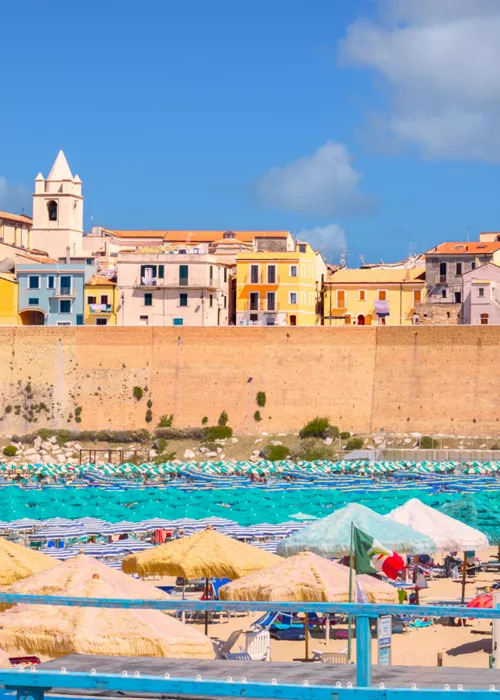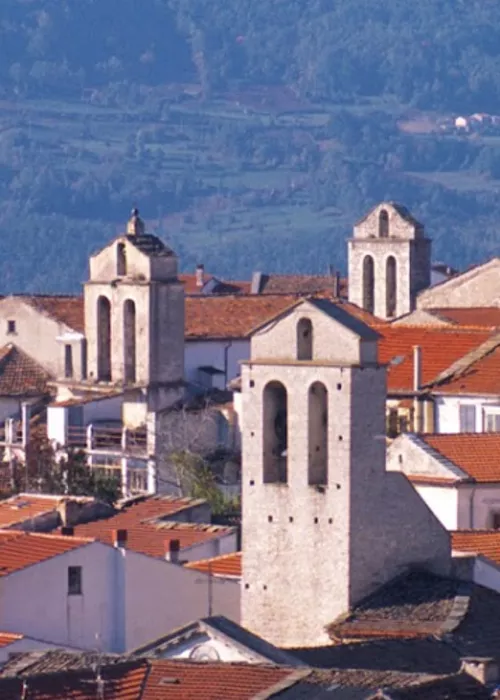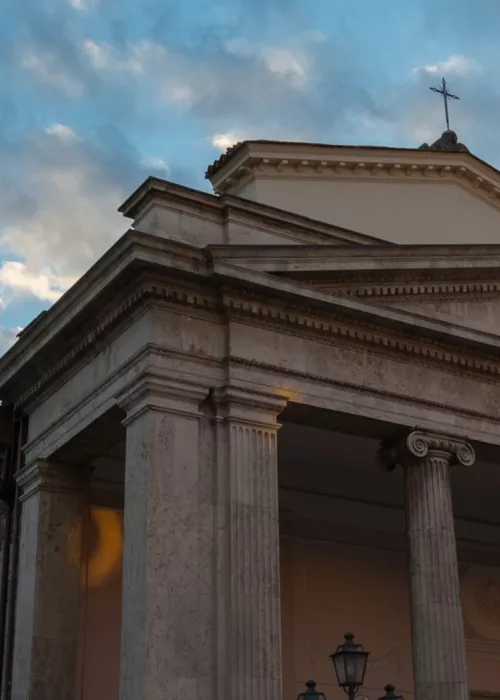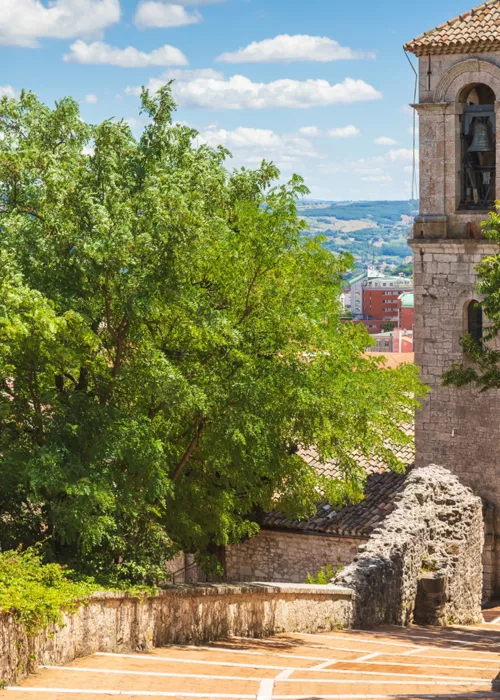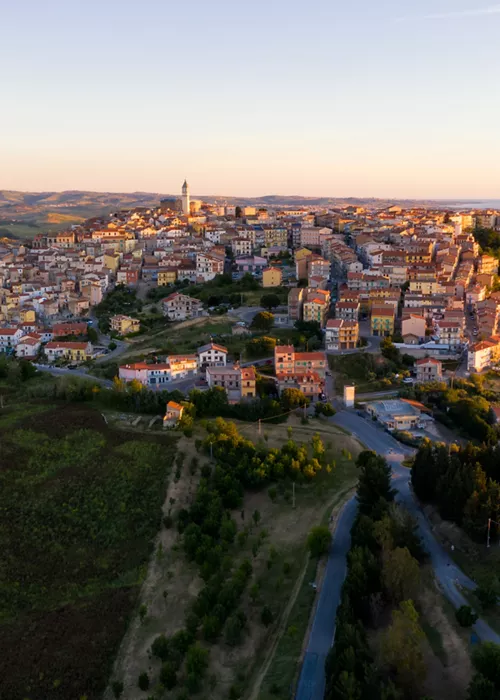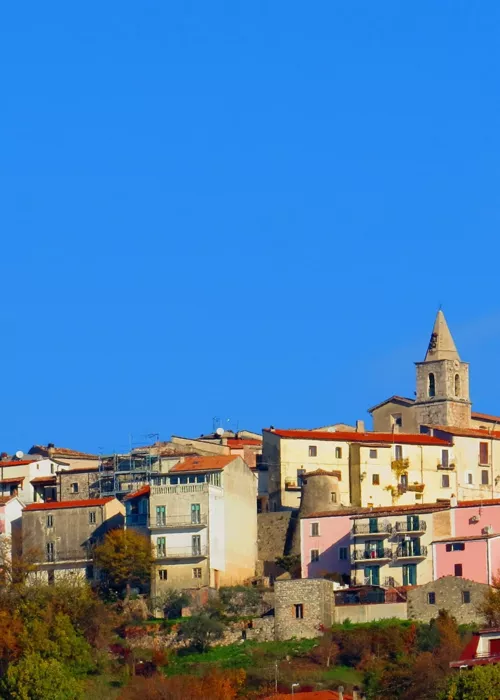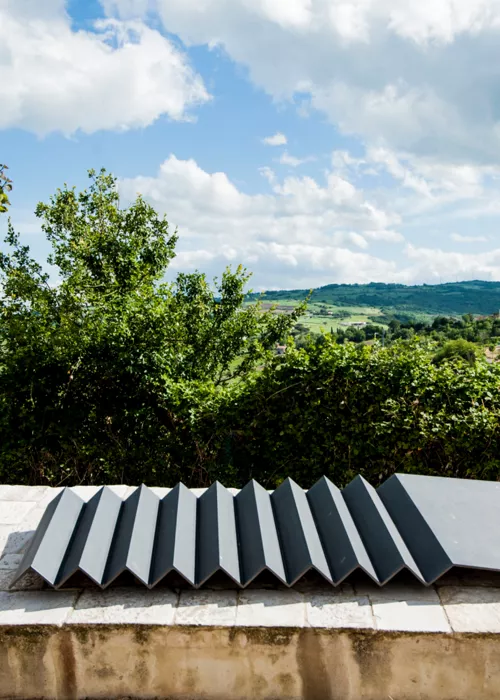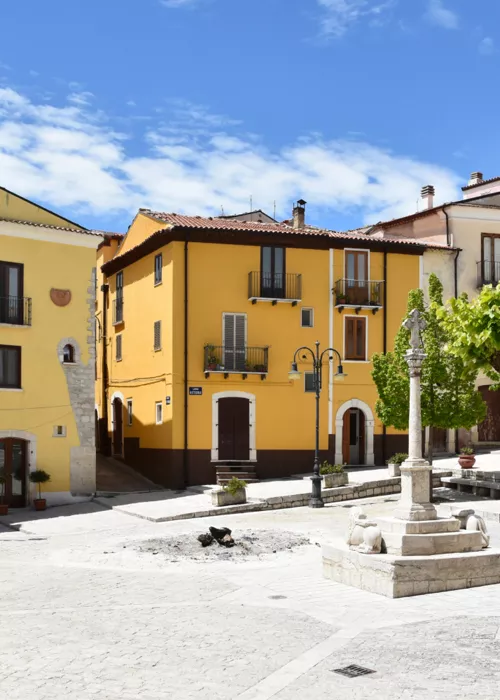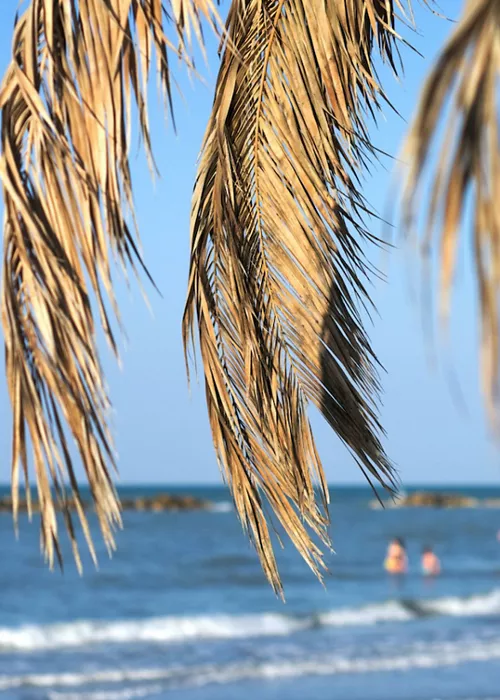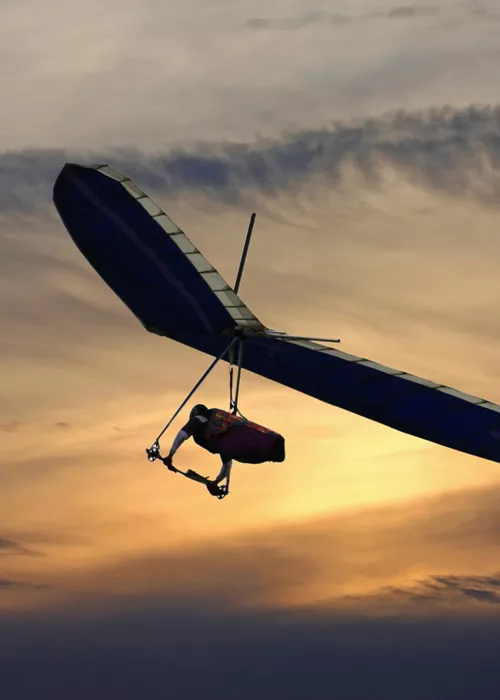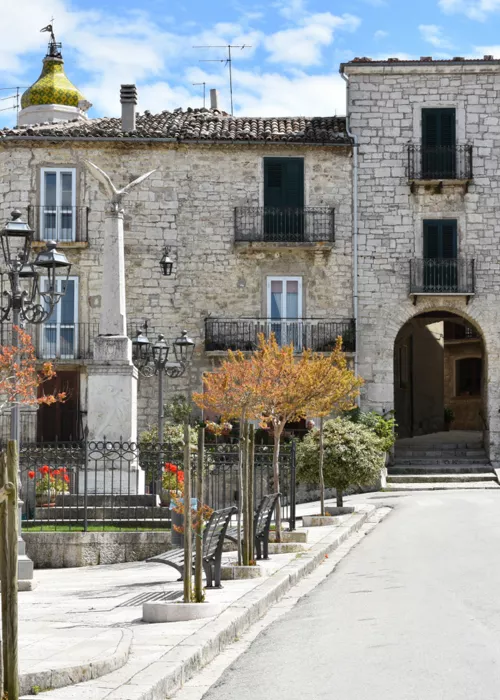The Molise of Taste
4 minutes
Mountains and their wild beauty concealing archaeological sites, hills marked by intensely-cultivated wheat fields, olive groves and vineyards, towns enriched with art and history and finally the sea with its slow, cyclical rhythms influencing the lives of the fishermen: This is the region of Molise, a small area dotted with scenic and artistic treasures, and food and wine delicacies which for the most part are still unknown to mass tourism. The Biferno River accompanies us from the mountainous area of Campobasso down to the seaside, to discover this land of the Sabellians and of its multiple flavors.
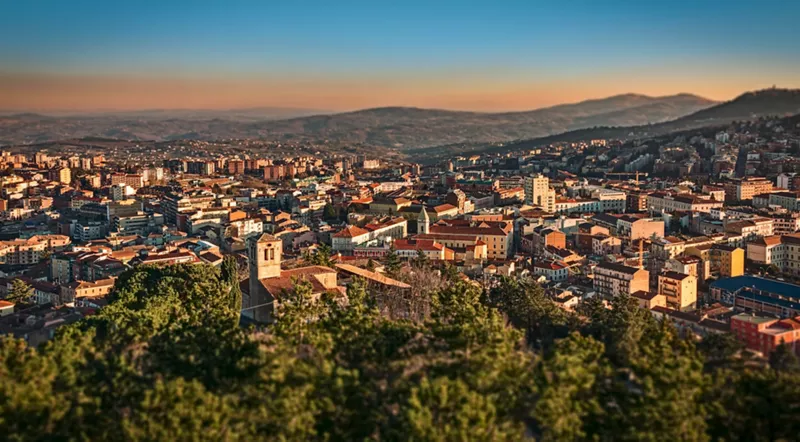
The journey begins in Campobasso, which extends along the downwards slope of a hill, in the shadows of the majestic 15th-century Manforte castle. The village encompasses Piazza Pepe, which is characterized by noble palazzos and by the neoclassical cathedral of Santissima Trinità. Any tour should include a stop at the Museo Sannitico Provinciale, the church of San Bartolomeo, and in one of the many local pubs where local cuisine can be enjoyed. It’s strongly influenced by the traditions of the bordering regions of the Abruzzi and Apulia, but is interpreted with typical variants. Try the different types of pasta accompanied by vegetables and legumes, lamb, a typical liqueur called Milk and the extraordinary local pastries.
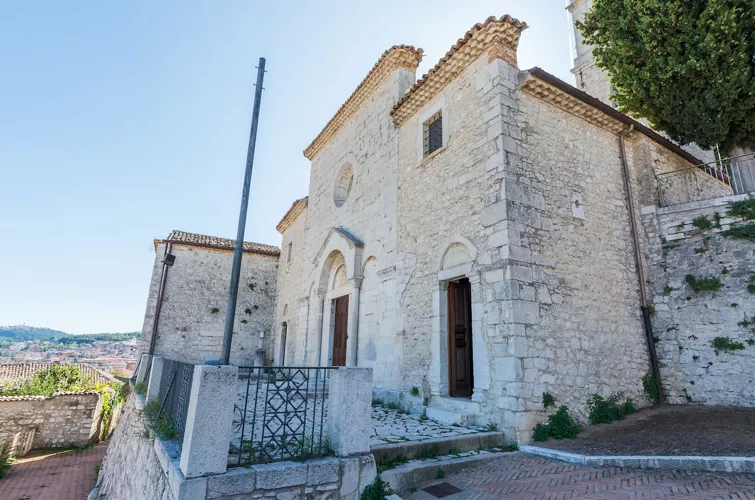
The most important event in local popular and religious culture takes place on occasion of the festivity of Corpus Domini: Sagra dei Misteri (Feast of Mysteries). 13 mysteries are carried by groups of men in a procession along the town’s streets. The mysteries are machines (created by artist Paolo Saverio di Zinno in 1748) enlivened by children and adults anchored to the tall structures, who provide a surreal representation of scenes from the Old and New Testaments. After a brief stop in the little town of Ripalimosani, which is well-known for its special bread, our journey continues down towards Petrella Tifernina along the Biferno River and the fertile valley home to the homonymous quality and most important wine in Molise. Some 380 hectares of vineyards are home to its white, red and rosé grapes.
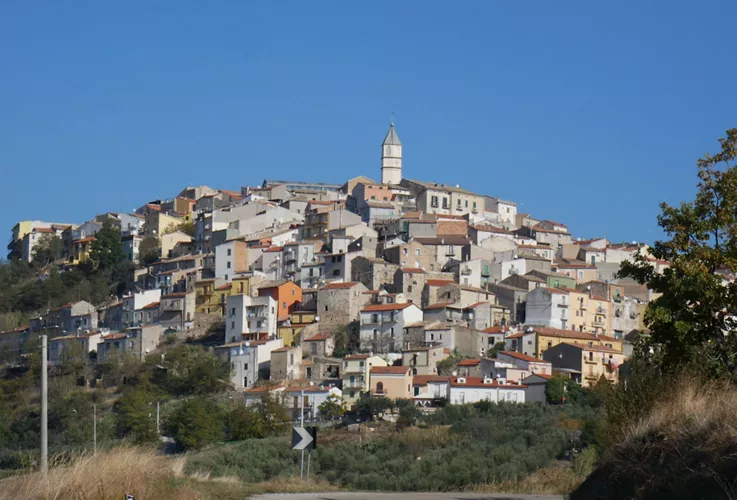
The trip continues towards Larino and its medieval Palazzo Ducale, now the location of the Town Hall and the Museo Civico museum, the Gothic-Romanesque cathedral dedicated to the Assumption of Mary and to San Pardo (consecrated in 1319), and the Roman amphitheatre in Piana San Leonardo. The patron saint of Larino, San Pardo, is celebrated at the end of May. Celebrations include a procession with over 100 ox-drawn carts decorated with paper flowers, which carry the statue of the saint in the light given off by torches and to the sound of the traditional carrese song. Heading into the hinterland are the cities of oil nestled among the hills dotted by olive groves: Colletorto and Casacalenda. Heading back towards the Biferno River is Guglionesi, whose cured pork products should be tasted, like saggiciotto from nearby Montenero di Bisaccia (smoked cured pork) and ventricina (round cured pork placed in pork sausage skins, prepared with lean pork leg meat, paprika, chilli pepper and fennel flowers).
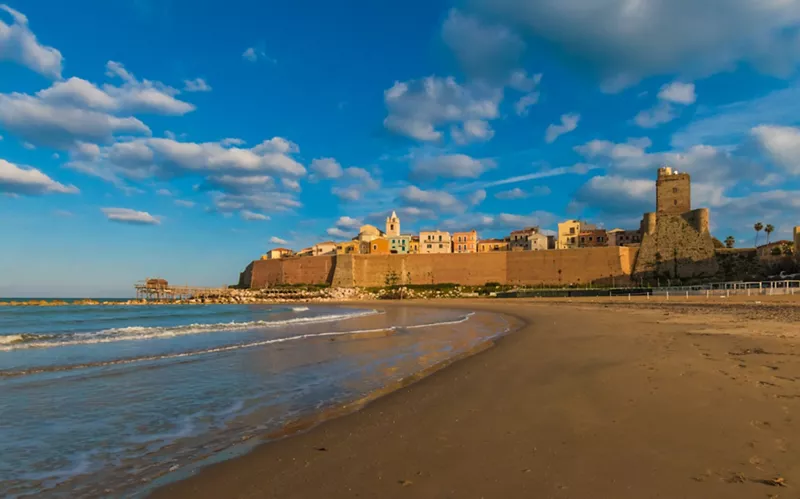
Close to Termoli is Campomarino, a village whose vineyards overlook the sea and that is part of the Circuit of Wine Cities. This is home to quality Biferno white, rosé and red wine, and to a charming wine festival held at the end of July. Our journey leaves the coast and heads back into the hinterland to visit Agnone, a town that owes its international fame to the ancient tradition of bells, which continues today thanks to foundry Fonderia Marinelli (which also has a museum open to the public). The trip continues towards Isernia. The cathedral of San Pietro Celestino (an important example of architecture from the Early Middle Ages) can be reached from the homonymous piazza in the heart of town. The craft shops in the old town center sell elaborate bobbin-lace items. A stop should also be made in Scapoli, the village home to the ancient musical instrument known as the zampogna (Italian double chantered pipes), which is sold in the shops in the Fontecostanza district and to which a museum is dedicated.
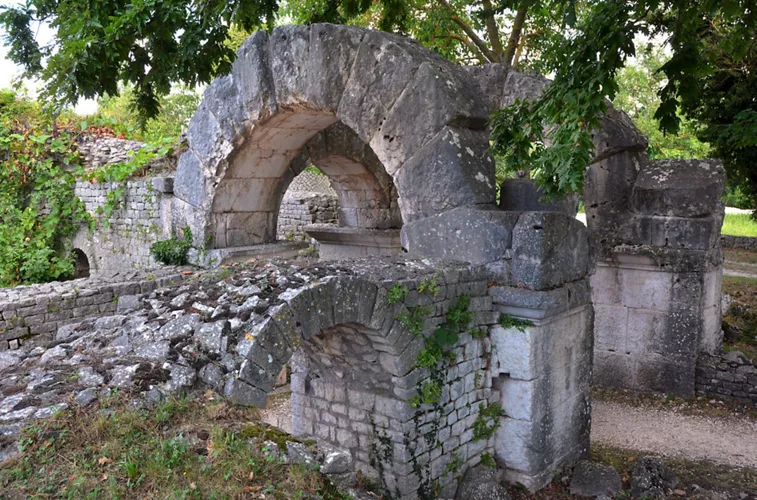
A little detour at the end of our travels takes us to the ruins of Saepinum (today’s Sepino), an archaeological site located in the north-eastern section of the Matese mountains. Established at the end of the 4th century BC as a centre for commerce and a defensive bulwark situated at the crossroad of two important roads, Saepinum is now a rectangular-shaped area whose city walls have tens of towers and 4 monumental access gates (Porta di Boxano still being intact). The ruins of the basilica, temple, market and thermal baths can still be seen in the forum.

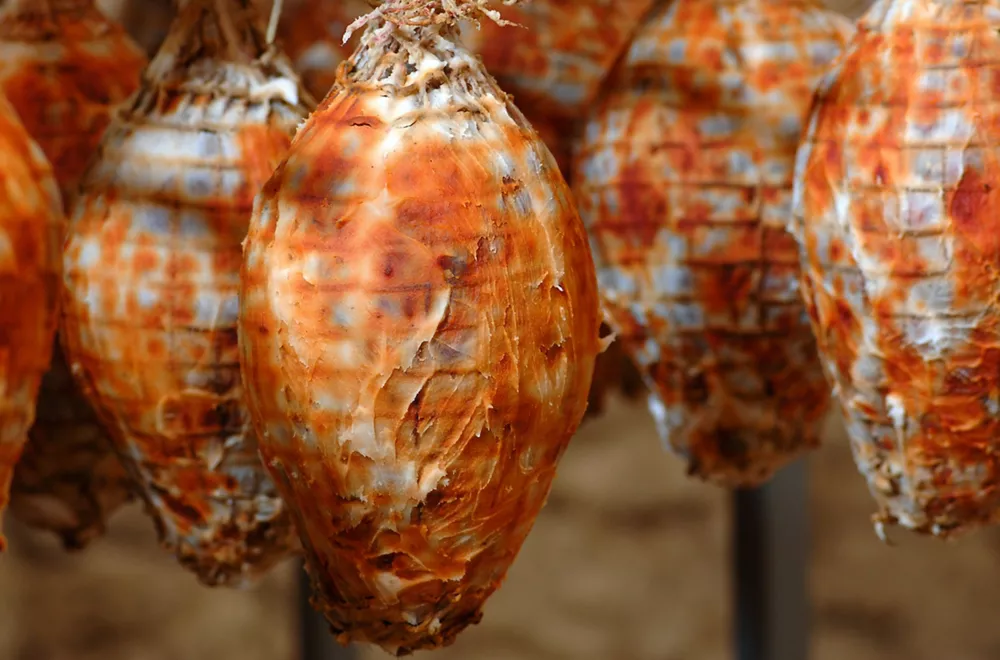
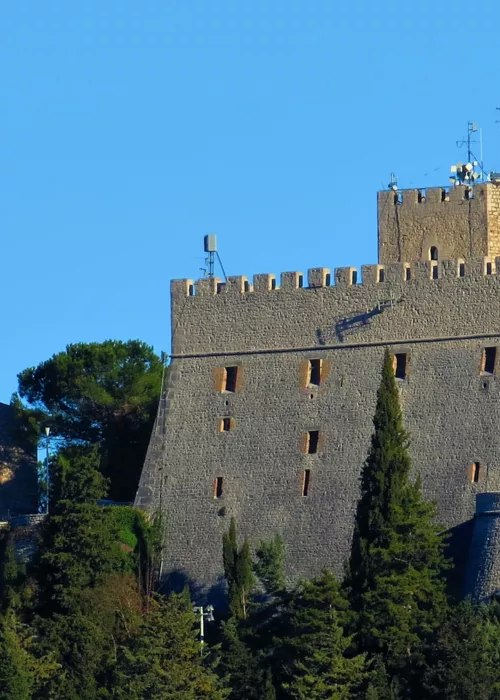
-2?wid=500&hei=700&fit=vfit,1&fmt=webp)
